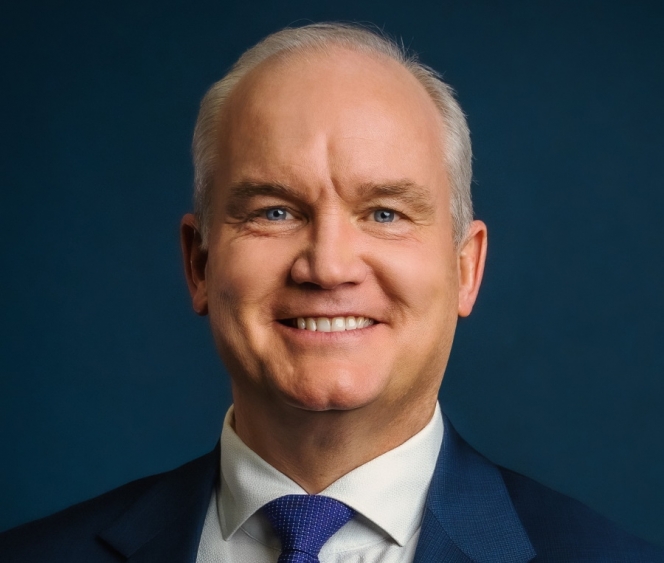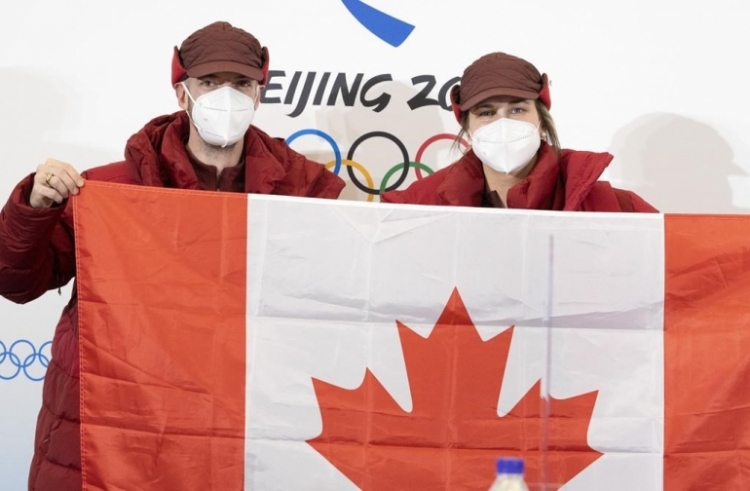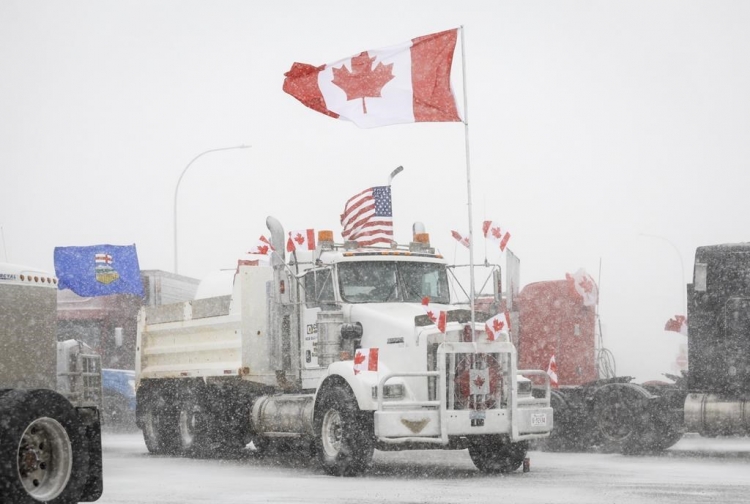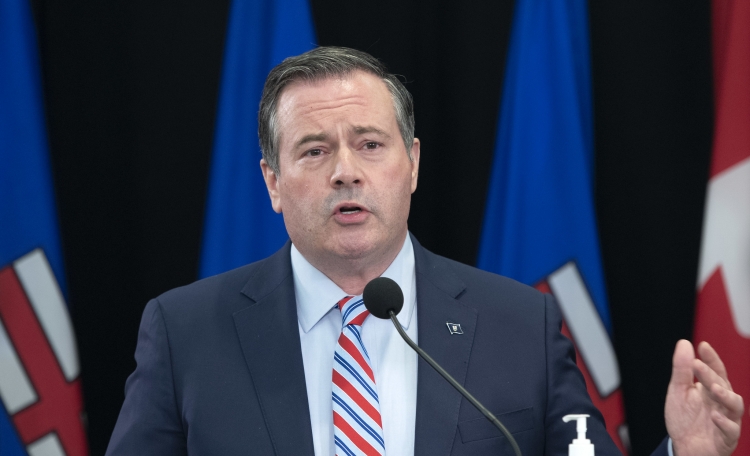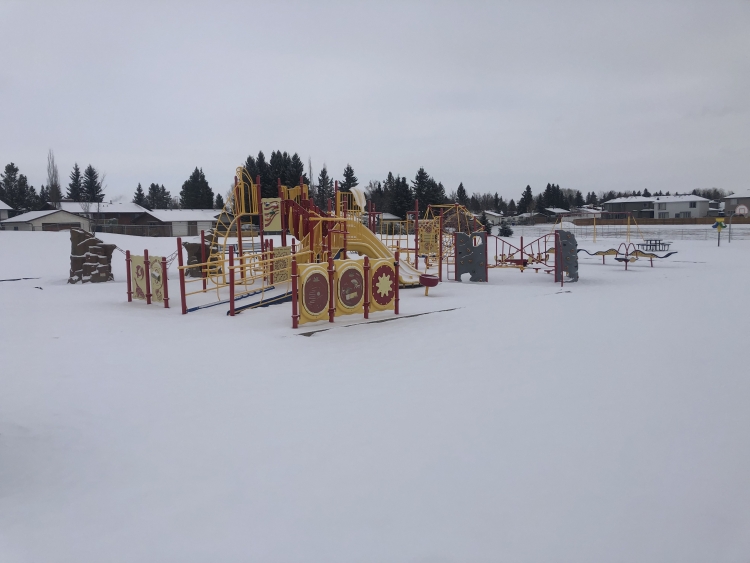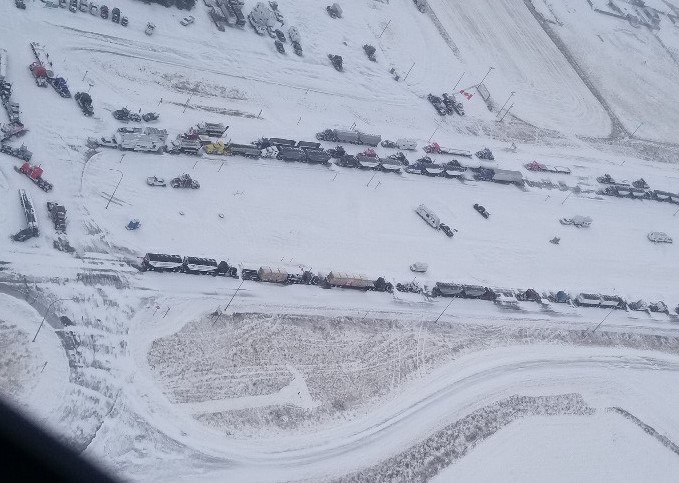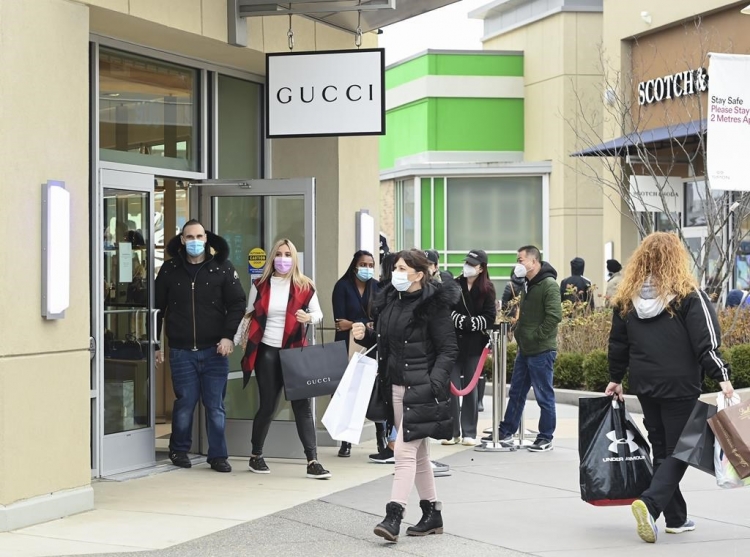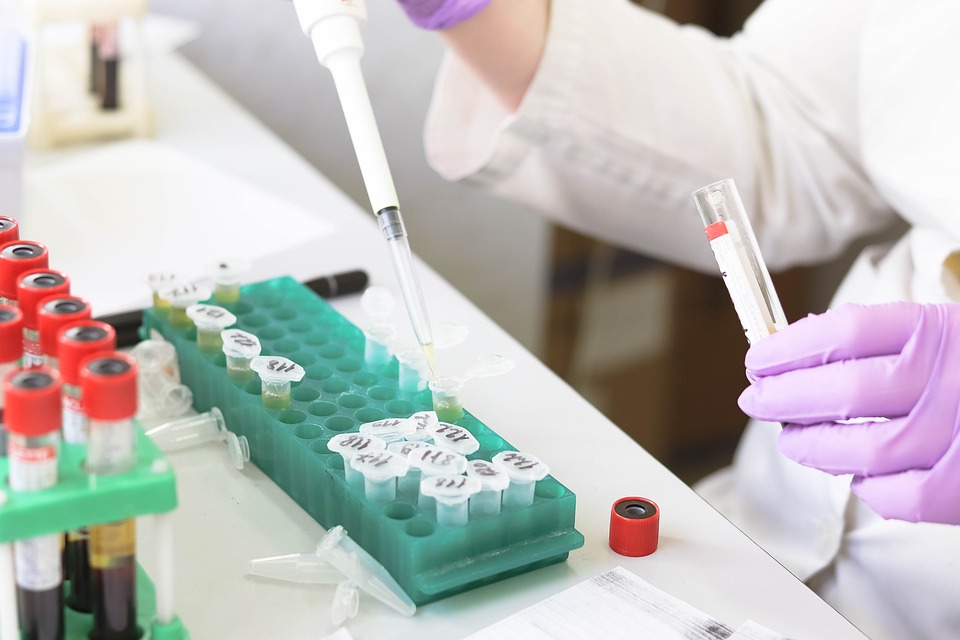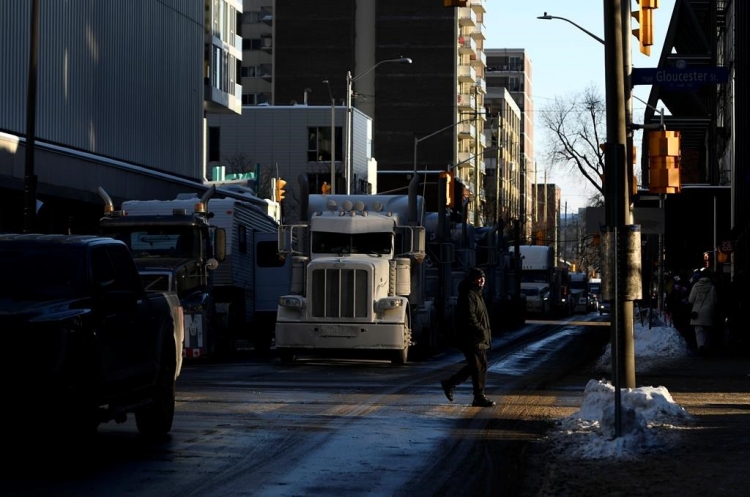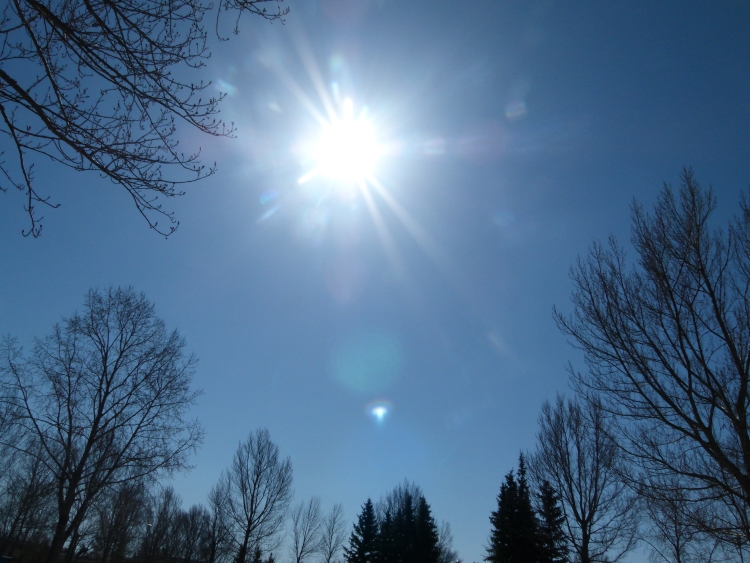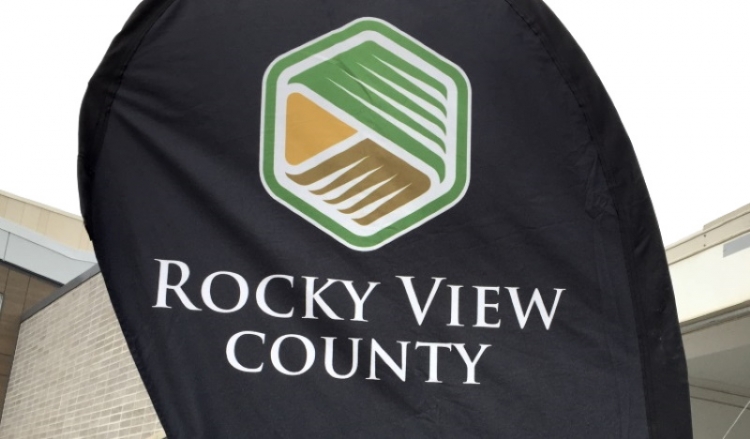Local News
Where Alberta stands in national school spending: Fraser study
Alberta spent less per student on public schools than any other province in 2022/23, according to a Fraser Institute study released Aug. 28. The report pegged Alberta’s per-student spending at $13,494, compared with a national average of $16,579 and a high of $19,484 in Quebec. “Most people—parents included—don’t understand how much is being spent educating students in public schools across Canada, which is critical before parents begin to evaluate whether they’re getting good value for the money,” said Michael Zwaagstra, a senior fellow with the Fraser Institute and co-author of the study, in a news release. The authors analyzed Statistics Canada data from 2013/14 through 2022/23. They said total education spending in public schools increased from $63.0 billion to $88.4 billion over the decade, a nominal increase of 40.3 per cent. On a per-student basis, spending rose from $12,481 to $16,579, up 32.8 per cent in nominal terms. Adjusted for inflation, real per-student spending grew 5.9 per cent nationally. The institute said a different way to measure the increase is to compare it with what was required to offset enrolment growth and inflation. Over the ten years, $6.5 billion was spent over and above what was needed to maintain real per-student levels. Quebec recorded the sharpest gains. The study said per-student spending in Quebec rose from $11,132 in 2013/14 to $19,484 in 2022/23, an increase of 75.0 per cent in nominal terms and 40.6 per cent after inflation. Prince Edward Island followed, up 42.9 per cent to $17,475. Nova Scotia increased 10.8 per cent to $16,800, New Brunswick 9.5 per cent to $17,346, Manitoba 6.1 per cent to $17,036 and British Columbia 9.3 per cent to $15,116. The Fraser release highlighted Prince Edward Island’s 14.5 per cent and Nova Scotia’s 10.8 per cent increases in real per-student spending. British Columbia recorded the fourth-highest growth rate but still ranked only eighth overall. Five provinces declined once inflation was factored in. The study reported Alberta (down 17.5 per cent), Saskatchewan (down 14.8 per cent), Newfoundland and Labrador (down 11.2 per cent), Manitoba (down 3.0 per cent) and Ontario (down 1.7 per cent). Ontario dropped from $16,428 to $16,164 per student, Saskatchewan from $18,516 to $15,774, and Newfoundland and Labrador from $15,978 to $14,190. Enrolment trends compounded the changes. Alberta’s public-school enrolment increased 14.8 per cent over the decade, the fastest growth of any province. Saskatchewan enrolment grew 9.5 per cent, Quebec 7.2 per cent, and Ontario 1.9 per cent. Nationally, enrolment increased 5.6 per cent, while Newfoundland and Labrador declined 4.9 per cent. Those shifts altered the provincial rankings. “Quebec had the second lowest level of per-student spending in public schools in 2013/14 and now has the highest,” the study said. “Alberta went from fifth highest to tenth, the lowest.” Saskatchewan fell from first to seventh. Prince Edward Island rose from seventh to second. The report also broke down cost drivers. It said compensation grew from $46.5 billion in 2013/14 to $60.9 billion in 2022/23, an increase of $14.4 billion, or 31.1 per cent, and accounted for 56.9 per cent of the total increase. Within compensation, wages increased from $37.1 billion to $48.3 billion, fringe benefits from $5.8 billion to $8.3 billion, and pensions from $3.6 billion to $4.3 billion. Capital spending nearly doubled, from $5.2 billion to $9.5 billion (84.8 per cent). Other costs increased from $11.4 billion to $17.9 billion (57.7 per cent). In Alberta, compensation rose from $6.1 billion to $7.2 billion. Capital spending increased from $279 million to $452 million, and other costs from $1.6 billion to $1.7 billion. Operational budgets told a different story. Across Canada, per-student, inflation-adjusted operational spending increased 2.9 per cent, or $412 per student, over the decade. Alberta’s operational spending declined 18.6 per cent. The study included a counterfactual analysis. It said that if Alberta’s real per-student spending had remained constant at 2013/14 levels, the province would have spent 20.3 per cent — or about $1.9 billion — more by 2022/23. “When it comes to our children’s education, it’s important to understand exactly what’s happening with spending in public schools, and, most importantly, to question how the money spent is being put to use,” Zwaagstra said. The Fraser Institute described itself in the release as an independent, non-partisan Canadian public policy research and educational organization with offices in Vancouver, Calgary, Toronto and Montreal. It said it is connected to a global network of 87 think-tanks and does not accept government grants or contracts for research. Labour context On Sept. 10, Alberta Teachers’ Association (ATA) president Jason Schilling announced teachers will begin strike action on Oct. 6 if no settlement is reached. “Public education is in a crisis, full stop,” he said at Barnett House in Edmonton. “October 6th is coming quickly. The choice is theirs: solve this dispute or face a province-wide teacher strike.” The strike mandate stems from a June vote, when 94 per cent of teachers supported job action if bargaining failed. The ATA has until Oct. 7 to act on the mandate. On the employer side, the Teachers’ Employer Bargaining Association (TEBA) was set to take a lockout vote on Aug. 29, according to an ATA release. Locally, Rocky View Schools told families there was no disruption to normal operations and confirmed boards authorized TEBA to engage in a lockout if necessary. The division said it will keep families informed as more information becomes available. On Aug. 26, TEBA proposed a settlement that included hiring 1,000 new teachers a year for three years — 3,000 in total — along with a 12 per cent salary increase over four years. Treasury Board president Nate Horner and Education Minister Demetrios Nicolaides said in an Aug. 28 joint statement that the plan would cost about $750 million. “They have been offered what they asked for. They have been offered what they said was needed,” they said. The ATA rejected the proposal, saying it did not recognize the work of teachers and failed to address classroom conditions. “Public education is at risk,” Schilling said in an Aug. 29 release. He added that over the past decade, “teacher wages have increased by a total of just 5.75 per cent.” Schilling repeated the point in a Sept. 2 release, saying: “With fair wages, we can hire more teachers — and keep the ones we have — but we need the provincial government to step up.” He added: “Teachers are the pillars of our public education system. It’s time for the government to step up with a fair deal for teachers, because a fair deal for teachers is a good deal for kids.” Horner responded in a Sept. 5 statement that the province’s offer was in line with other public-sector agreements and would cost more than $2.3 billion over its term. “While the general wage increase is 12 per cent over four years, just like the other negotiated deals with the nurses and public sector workers, over 95 per cent of teachers would receive more through market adjustments, depending on their region and role,” he said. He also pointed to Alberta’s finances: “We are now forecasting a $6.5 billion deficit, our first deficit in five years,” and said, “Refusing to bargain now is not an effective labour relations strategy and is unfair to all teachers across Alberta.” Sign up to get the latest local news headlines delivered directly to your inbox every afternoon. Send your news tips, story ideas, pictures, and videos to news@discoverairdrie.com. You can also message and follow us on Twitter: @AIR1061FM. DiscoverAirdrie encourages you to get your news directly from your trusted source by bookmarking this page and downloading the DiscoverAirdrie app.








